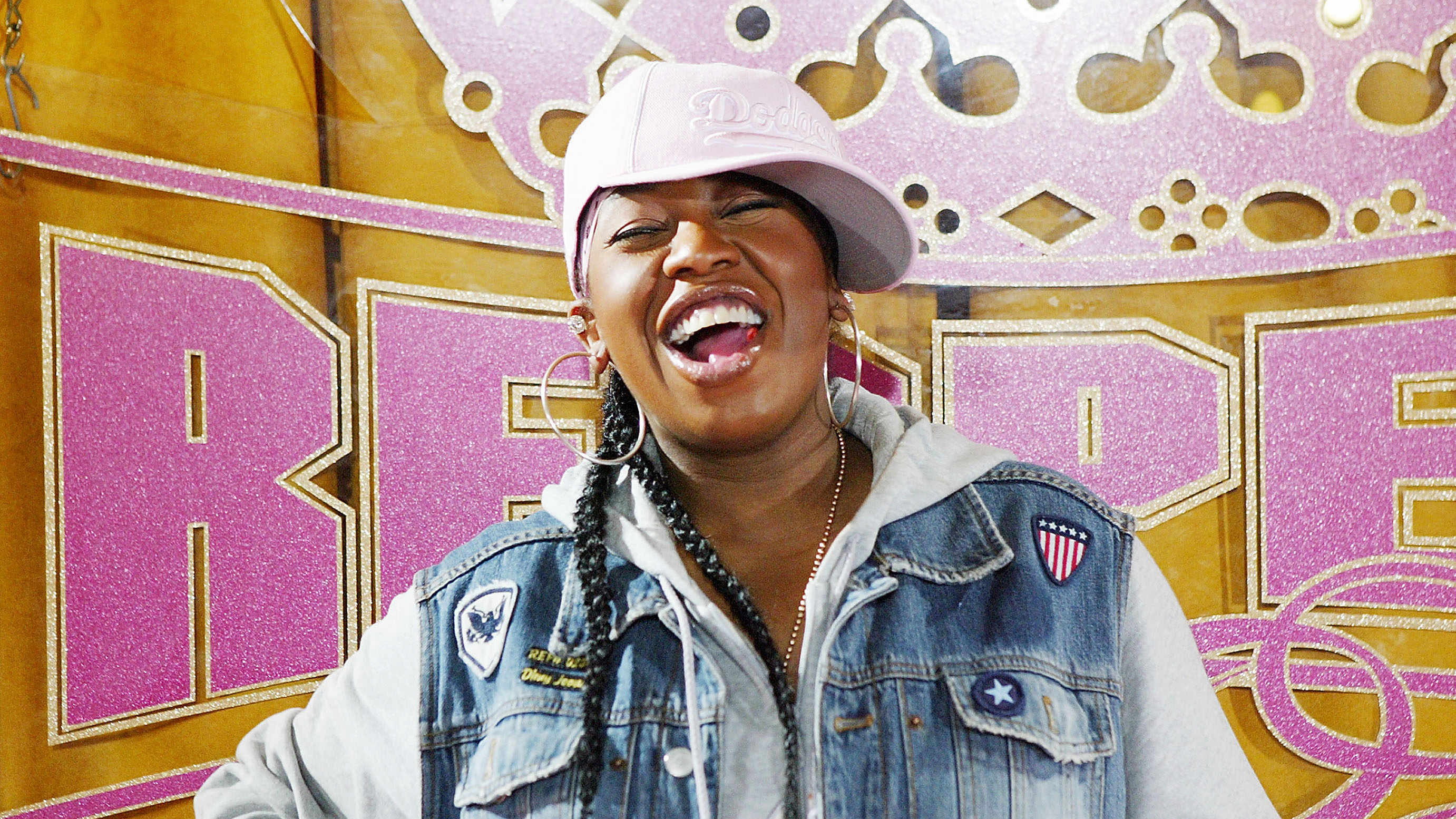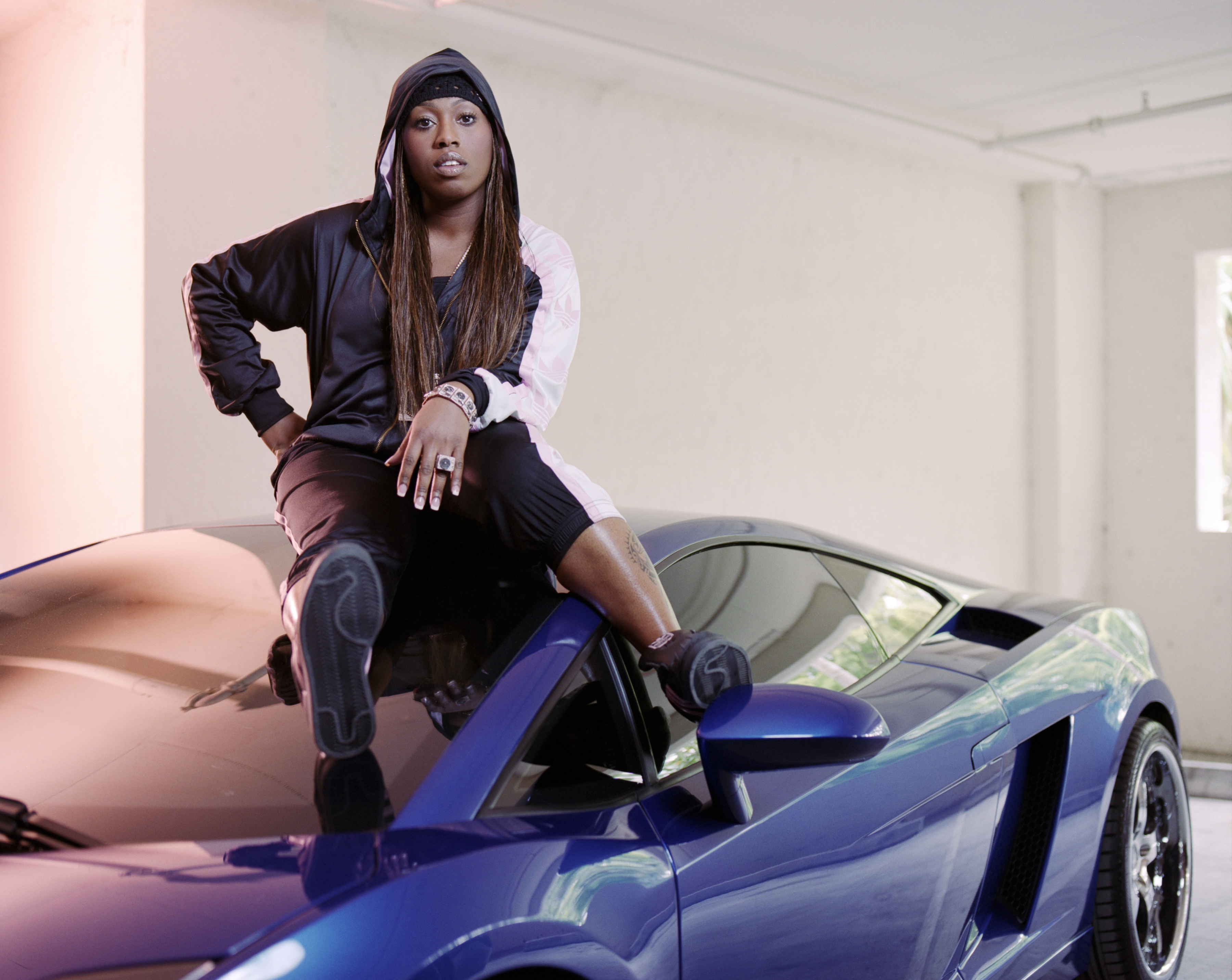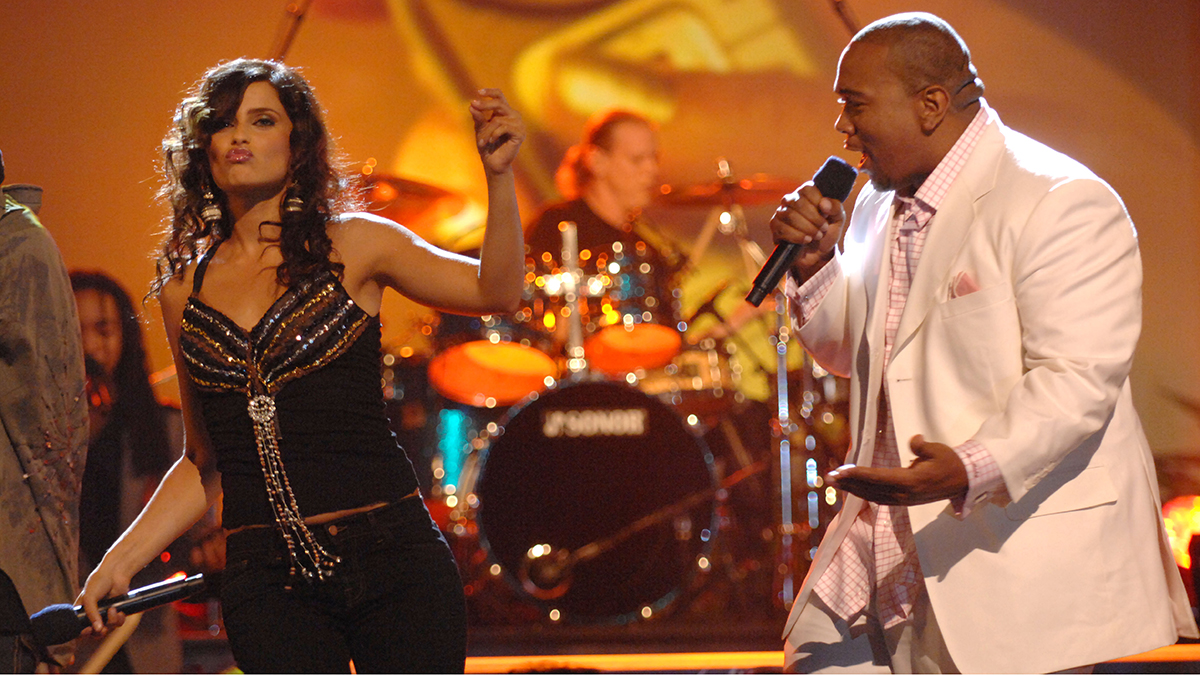“He was tired and ready to leave, so he just started hitting anything on the keyboard. I was like: ‘that’s it right there!’ Then I just went in the booth and did the record”: The story of Get Ur Freak On, the bhangra-sampling hit that almost didn’t happen
A lean, mean, speaker-rattling ode to freakdom, Missy Elliott's Get Ur Freak On is one of this century's most progressive pop songs. We explain its enduring influence

Missy Elliott’s Get Ur Freak On is one of the wildest pop songs to come out of the early ‘00s.
A lean, mean, speaker-rattling ode to freakdom, the song obscured some genuinely innovative musical make-up behind an insatiably catchy hook and a chorus that’s nothing more than name of the song repeated thirteen times. It’s also just been named Rolling Stone’s Greatest Song of the 21st Century.
The lead single from Elliott’s third album, Miss E… So Addictive, Get Ur Freak On was an unqualified commercial success, and while it didn’t chart quite as highly as Work It or Lose Control, the song won Elliott her first Grammy Award, taking home the trophy for Best Rap Solo Performance in 2002.
Get Ur Freak On was co-produced and co-written with longtime collaborator Timbaland. Launching his career through his work with Elliott and Aaliyah, Timbaland would become one of the world's biggest producers, defining the sound of pop, hip-hop and R&B over the following decade.
The song opens, somewhat inexplicably, with a spoken-word intro in Japanese. Demanding that listeners get up and dance, it translates to: “Everyone start dancing together wildly now. Let's make some noise, let's make some noise.”
Though it might seem an arbitrary choice, the opening sets the tone for a track that’s laced with global influences: the beat behind Get Ur Freak On spotlights two instruments – tumbi and tabla – associated with bhangra, a style of music hailing from India’s Punjab region.
The tumbi, a traditional Punjabi folk instrument with a single string attached to a wooden stick and a resonant gourd shell, is responsible for Get Ur Freak On’s iconic hook, a six-note melody that – along with Elliott’s inimitable vocals – transformed the song into an irrepressibly contagious earworm. The tumbi is backed by a tabla, a staple of Indian percussion that carries the song’s head-banging beat, ornamenting the kick and snare with its fluid thirty-second-note rhythms.
Want all the hottest music and gear news, reviews, deals, features and more, direct to your inbox? Sign up here.

Though instruments like these may not be unfamiliar to today’s listeners, when Timbaland dropped these into a mainstream, major-label hit, it was a groundbreaking decision, opening up the charts to a kaleidoscope of international sounds. “It felt like a watershed moment where, sonically, you feel like the world would never be the same again," DJ and broadcaster Nihal Arthanayake told the BBC last year.
"Certain sections of the press had leaned towards an esoteric orientalism when it came to Asian music," Arthanayake continues. "Then this guy [Timbaland] was African-American, and one of the biggest producers in the world, along with one of the most exciting rappers on the planet, and they incorporated the beats in a way that was commercially viable, not just exotic. It kind of gave Asian producers, and people who used Asian beats, a validation.”
Though the tumbi and tabla hail from Northern India, that’s not where Timbaland discovered Get Ur Freak On’s boundary-pushing sounds. According to WhoSampled, these were lifted from a slightly more pedestrian source: Spices of India, a sample pack from British company Zero-G.
Released in 1995, the library features a “selection of Bhangra rhythms, instruments and vocals”, among them Classic Tumbi Loop 03 and Tomi Tablas 07, two samples that Timbo chopped up, rearranged and pitch-shifted in Get Ur Freak On’s pioneering production.
It wasn’t only Get Ur Freak On’s instrumentation that pushed the envelope, but its melody, too. The song makes use of the Phrygian scale, a musical mode with roots in Ancient Greek music. Though it’s central to Middle Eastern, Indian classical and even flamenco music, the Phrygian mode doesn’t make frequent appearances in Western pop. (When it does, its colourful intervals are often employed to convey a vague sense of darkness or mystery.)
The Phrygian mode is similar to the Aeolian mode, otherwise known as the natural minor scale, but with the addition of a minor second; it’s this note that gives the mode its distinctively dissonant character. Written in F Phrygian, Get Ur Freak On’s tumbi melody begins on the root note, repeating the F three times before climbing to the flattened minor second, G♭, and dropping down to C to finish.
This pattern loops in cycles of eight repetitions, with a variation on the seventh repeat: here, the melody finishes on E♭ – the seventh degree of the Phrygian mode – instead of C. Though it’s subtle, this small detail does a lot of heavy lifting, keeping the ear engaged and preventing the tune from feeling too repetitive.
"I felt like a song was missing. But Timbaland, he kept saying: ‘no, your album is dope. We’re done!’"
While Get Ur Freak On ultimately became by far the most popular cut from Miss E… So Addictive, the song very nearly didn’t happen. In a recent interview with Rolling Stone, Elliott revealed that the track arrived at the very end of the recording sessions for the project, when Timbaland believed they already had everything they needed. “I had completed my album, but I kept saying I didn’t feel like it was all the way complete. I felt like a song was missing,” Elliott recalled. “But Timbaland, he kept saying: ‘no, your album is dope. We’re done!’”
Visibly tired and ready to head home at the tail end of a studio session, Timbaland started “bamming” the keyboard, just “hitting anything”, Elliott says. “He was ready to go, and he felt like the album was done, but he hit something and I was like: ‘that’s it, right there.’ He was like, ‘what? What you talking ‘bout?’ I was like, ‘whatever that sound is that you just played’. He just went down the keyboard again and then he finally hit it. I was like: ‘that! That right there!”
Timbaland continued to protest, Elliott says, but eventually she persuaded him to pursue the idea. “He was like: ‘I don’t know why you’re saying this, because your album is done. Your album is hot.’ But I was like, ‘no, let’s work on that’,” she says.
Timbaland eventually relented, looping the tumbi melody with a basic kick pattern for Elliott to record some scratch vocals over. “He just put a kick and the sound in there, and I just went in the booth and did the record," she recalls. "Then he added all the other stuff later when the song was done.”

While we might have Timbaland to thank for Get Ur Freak On’s forward-looking production, it was Elliott’s ear for a hook – and her dogged determination – that brought the song into being. And whether or not you agree with Rolling Stone that Get Ur Freak On is the best piece of music that the past 25 years has produced, there’s no doubt that it’s a landmark release.
Perhaps more than any other banger in Elliott’s catalogue – and there are many – the song has proved enduringly influential, its Punjabi instrumentation, modal melodies and sparse but punchy production all lightyears ahead of their time, showing the world that pop music could venture further afield for inspiration than many listeners ever expected.

I'm MusicRadar's Tech Editor, working across everything from product news and gear-focused features to artist interviews and tech tutorials. I love electronic music and I'm perpetually fascinated by the tools we use to make it.
You must confirm your public display name before commenting
Please logout and then login again, you will then be prompted to enter your display name.
![Missy Elliott - Get Ur Freak On [Official Music Video] - YouTube](https://img.youtube.com/vi/FPoKiGQzbSQ/maxresdefault.jpg)
